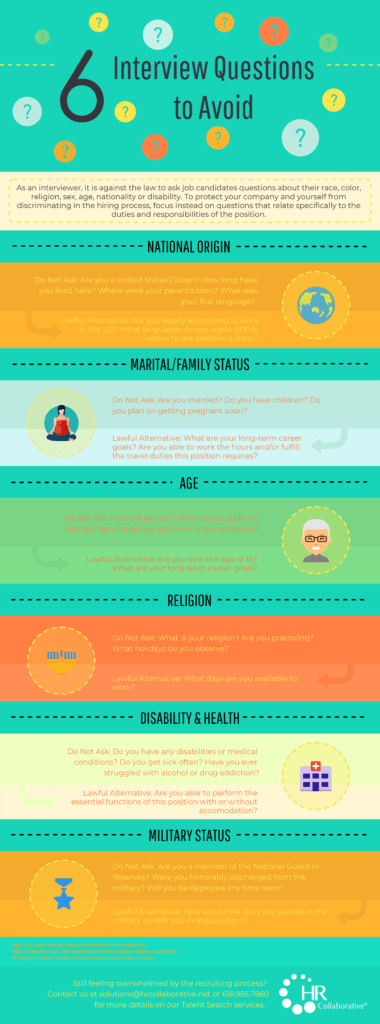HR Open Enrollment: A Guide to Getting Started

Open enrollment happens every year. And every year it seems more complex and time-consuming than the last. For an HR department that already has its hands full with other projects another enrollment season might be the straw that breaks the camel’s back. In this guide to HR open enrollment, we break down everything you need to know to ensure open enrollment goes smoothly this year.
What Is Open Enrollment for Benefits?
Open enrollment (OE) refers to a set period when employees based in the United States must elect or change the benefits they receive through their employer. These benefits typically include different types of insurance.
Sometimes, the employer pays for these benefits in full, while others are employee-paid or covered in a shared-cost plan.
However, not every company needs to provide health insurance under the Affordable Care Act (ACA). Companies with 50 or more full-time equivalent employees have to provide health insurance to those employees. It’s required and allows strategic employers to leverage their benefits to attract and retain top talent.
When Do I Need to Start the Open Enrollment Process?
While there isn’t a set date at which you need to start the open enrollment process, most companies schedule their open enrollment period a few weeks before they have to submit forms to providers. For example, calendar-year benefit plans beginning on January 1 usually have an open enrollment period in mid-to-late November. For fiscal years beginning on July 1, open enrollment periods typically begin in mid-to-late May.
It is possible to have enrollment periods during other times of the year, depending on when your insurance broker needs your forms and other factors. However, this is uncommon for employer-provided health insurance.
It’s also worth noting that employees can also potentially enroll or change their coverage at any time if they have a qualifying life event, such as getting married, having a baby, or losing existing coverage.
How Long Does My Open Enrollment Period Have to Be?
There are no federally mandated requirements for open enrollment dates, but most companies give their employees at least two weeks. Allowing this much time for the HR open enrollment process gives them a chance to review the available insurance plans.
While you can provide as little as a few days, this is generally discouraged—especially for benefits that impact employee well-being.
Requirements for Open Enrollment for HR
Generally speaking, organizations with at least 50 full-time or equivalent employees must provide health insurance to their employees. With that, employers are also required to provide legal notices to their employees about the health insurance they provide.
The notices a company must provide to maintain compliance typically include:
- Federal notices: There are numerous federal-level notices you may need to provide to your employees, including ACA coverage notices, WHCRA notifications for women’s health, and notices around Michelle’s law.
- State-level notices: Each state has its own set of laws relating to open enrollment depending on whether it provides its own health insurance marketplace, children’s health programs, or other types of coverage relevant to employer-provided insurance programs. These laws come with their own set of required notices you’ll need to distribute.
- Local notices: Some counties and municipalities also require employers operating in their jurisdictions to issue notices about insurance or benefit coverage.
These are just a few of the types of notices organizations are required to provide to their employees. There may be other notices you need to provide depending on your industry, the states you operate in, and other factors.
Common Offerings from HR with Open Enrollment
In many cases, companies contribute to at least part of the premium payments for their employees, if not covering payments altogether. Some of the most common types of insurance employers offer during open enrollment include:
- Health insurance: Not only is this type of insurance required for businesses of a certain size, but it’s also the most common type of insurance employers offer.
- Life insurance: This is another popular option that typically requires employees to pay relatively little to protect their families financially.
- Dental insurance: Since most health insurance plans don’t cover preventative dental services, dental insurance allows employees to easily access these important services.
- Optical insurance: This helps cover eye exams and allows people to purchase more affordable corrective glasses or contact lenses.
- Short-term disability: Short-term disability insurance typically covers a portion of an employee’s salary if they’re unable to work due to injuries, illness, or pregnancy.
- Long-term disability: This type of insurance also covers a portion of employee salaries if they’re unable to work for medical reasons over several years.
- Pet insurance: While less common than other types of insurance, some companies are beginning to offer insurance coverage as a benefit for employees. This typically covers veterinary bills for employees’ pets or other animal companions.
Open Enrollment Checklist for HR
While every company’s procedures may vary depending on where they operate and where their employees are located, these are the basic steps HR should follow during open enrollment.
1. Over Three Months Out: Collect Employee Feedback from Last Year
By collecting employee feedback about the previous year’s insurance options and enrollment process, HR can work with leadership to determine the types of plans the organization will offer for the next year and adjust the overall approach and process for this year’s open enrollment.
2. At Least Eight Weeks Out: Evaluate Available Benefits
Brokers will generally provide employers with several different options for insurance plans and other benefits, ideally while keeping HR involved in the process. Evaluating coverage—and employee feedback on the coverage from the previous year—helps you determine if your company should continue with the benefits package it currently offers, something very similar, or a different set of benefits altogether.
3. One Month Away: Introduce New Benefit Options to HR
Providing a dedicated, face-to-face meeting for HR to review the benefits options you choose can be extremely helpful for all involved. It allows them to ask questions on the spot as they come up—and there will likely be at least a few. Having an insurance broker who is intimately familiar with your benefits offerings can make it easier for your team to understand the available options and walk employees through the process.
4. Four Weeks Out: Prepare Policies and Software
Set up information, either from your broker or directly from the insurance provider, for employees to review. Using the right HR software for benefits administration makes it easier for employees to review the details on their own time and know any deadlines they might need to meet to receive their coverage.
5. Two Weeks Out: Announce the Open Enrollment Period
It’s important to announce both in writing and during multiple meetings when your open enrollment period starts, when it ends, and any upcoming changes to the plan from previous years.
You should provide training to managers before announcing the open enrollment period so they can answer any questions from your staff. HR should also work with managers to regularly remind individuals who haven’t either enrolled or waived coverage until they’ve submitted their information.
6. Monthly: Benefits Reconciliation
Once the enrollment period draws to a close, you’ll need to cross-reference the data from your team’s enrollments with insurance vendor invoices. This reconciliation process allows you to confirm coverage and correct any potential errors. The process can happen up to monthly, depending on any activity with your enrollment data.
How Fractional HR Helps with Open Enrollment
Handling the open enrollment period is a time- and attention-consuming undertaking. For many HR teams, preparing for open enrollment means all other initiatives have to pause or be put on the back burner. The latter situation is particularly common in smaller organizations.
Working with a fractional HR expert can make the process easier for your team and ensure you submit your company’s benefits paperwork on time. Fractional HR experts can take the burden completely off your HR team’s plate by working directly with your broker and leadership team to help you better understand, review, digest, and communicate during the open enrollment process.
They allow you to implement more comprehensive plans and streamline open enrollment so you can keep up with requirements—without other projects having to come to a grinding halt.
Fractional HR experts can also lay the groundwork for new employee enrollment, or cover other initiatives while your regular team is handling enrollment. That way, even after the standard open enrollment period is over, your team can make it easier to onboard new employees and get them set up with your benefits.
Get Fractional HR Support During Open Enrollment
Working with a fractional HR professional makes the open enrollment process easier for everyone involved. Connect with our fractional HR experts today to see how we can help you through your next open enrollment period.
Share This Article
































































































